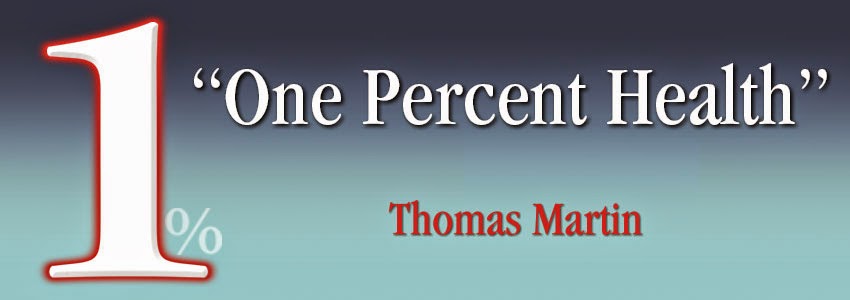http://blog.lef.org/2012/09/antibacterial-soaps-bad-health.html
By Maylin Rodriguez-Paez, RN
 Antibacterial soaps are all over the market, but should they be? As it turns out, an ingredient found in most of them — a chemical called triclosan — may be bad for your health.
Antibacterial soaps are all over the market, but should they be? As it turns out, an ingredient found in most of them — a chemical called triclosan — may be bad for your health.Concerns have been raised over triclosan's use after several animal studies have linked it to severe health problems.
Triclosan is found in many household products including body washes, detergents, dishwashing liquid, and toothpastes. Unfortunately, it seeps into the human body and has been detected in urine samples and even in breast milk.1
Because of safety concerns, the FDA is investigating triclosan; however, their research is not conclusive as of yet. Of course, we’re not going to wait for them to finish.
We don’t like it, and we think it’s pretty dangerous stuff.
Triclosan Disrupts Thyroid Function
Studies show animals exposed to triclosan have reduced thyroid hormone levels. This effect has been seen in frogs and rats.2,3 Scientists believe this might have to do with triclosan’s resemblance to thyroid hormone.Now to be fair, a human study found no real thyroid effects from triclosan.4 But until more research is conducted, we’d prefer to err on the side of caution.
Triclosan Grows Estrogen-Sensitive Tissues
Triclosan is a xenoestrogen. This means it looks and acts like estrogen. For instance, a study on rats showed that triclosan increased uterine growth.5Could this result in fibroids or endometriosis in people? Maybe. Again, more research is needed.
Triclosan also disrupts the normal sexual development of young rats.6 This is a sure sign of hormonal imbalances brought on by triclosan exposure. This is certainly not a good thing for rats or humans.
Natural Alternatives to Antibacterial Soaps
Soaps don’t have to contain harsh ingredients to be effective. Try products with essential oils instead.These oils not only clean the skin but may also be therapeutic. For example, tea tree essential oil has been shown to ease skin inflammation7 and even promote wound healing.8
Here are some key essential oils to look out for:
- Tea tree oil
- Grapefruit seed extract
- Cinnamon
- Oregano
- Lemon
A Safe Way to Wash your Hands
You don’t have to use antibacterial soaps to clean your hands. All you need is regular soap, good hand washing techniques, and warm water.The key to good hand washing is to scrub your hands vigorously and to target areas like the space beneath your fingernails and the area between your fingers. “Germs” really like to hide in these places.
Wash your hands for 20 seconds or the time it takes you to sing the “Happy Birthday” song. That should do the trick.
The bottom line is this: To stay clean, skip the chemicals and stick with good old-fashioned hand soap. It’s perfectly sufficient for keeping your hands germ free!
References:
- J Appl Toxicol. 2011 May;31(4):285-311.
- Aquat Toxicol. 2006 Dec 1;80(3):217-27.
- Environ Toxicol Chem. 2010 Dec;29(12):2840-4.
- Sci Total Environ. 2012 Feb 1;416:75-9.
- Toxicol Lett. 2012 Jan 25;208(2):142-8.
- Toxicol Sci. 2010 Sep;117(1):45-53.
- Skin Pharmacol Physiol. 2012;25(3):162-3.
- Am J Infect Control. 2004 Nov;32(7):402-8.















